Pancit Estacion of Cavite
As an Amazon Associate and member of other affiliate programs, I earn from qualifying purchases.
I was intrigued by the story behind the Pancit Estacion of Cavite recipe and so I cooked it. I had all the ingredients in my pantry and refrigerator. I had just finished reading about different pancit dishes in the cookbook Republic of Taste: The Untold Stories of Cavite Cuisine by Ige Ramos from cover to cover. We all love a good pancit noodle dish at our table. And since this was an heirloom recipe of one of Cavite’s favorites, then who could resist?
“We all know it was the Chinese who brought pancit or noodles to our shores, but it was the Chinese from Fujian, and not the Cantonese who directly influenced pancit as it is prepared in Cavite (Philippines),” said Ige Ramos, chef, food scholar and historian.
There are many origins of Pancit Estacion, according to Mr. Ramos. One story tells of a Cavite train line during pre-World War II that ran through Tutuban, San Roque to Tanza. At the terminal, there was a panciteria (restaurant that sells pancit). One day, the owner ran out of pancit noodles and all he had were togue (bean sprouts). That’s how the first Pancit Estacion came about.
The original has evolved to different recipes through the years in the Philippines. Today, a Cavite food vendor named Nana Heleng adds bihon noodles to her Pancit Estacion. I did the same to my own take.
In my American kitchen, I recreated this pancit. “You have to find good togue (mung bean sprouts),” said Ige Ramos. And I told him I did at the Asian market.
First, I cooked the orange-colored, nutty achuete (annatto) flavored thick sauce similar to the popular pancit palabok. Then a layer of irresistible flavors piled on top: Crisp togue (bean sprouts), shrimps, smoked tinapa flakes, salty peanuts and crunchy chicharron crumbs. A final sprinkling of patis (fish sauce) with calamansi ( the Filipino lime) all over hits the spot.
It will be Christmas in a few days. Family and friends will gather together. This Pancit Estacion dish should make it to your table. The lively, festive ingredients look as vibrant as the holiday ornaments. And the guests will be raving about its scrumptious flavors. I have finally found a superb noodle dish that will be the mainstay at all our holiday feasts.
For more about Cavite’s cooking, read my book review of the Republic of Taste: The Untold Stories of Cavite Cuisine which published on Positively Filipino online magazine. Click here.
Pancit Estacion of Cavite
Ingredients
For the Palabok Sauce:
- 3 Tablespoons vegetable oil
- 4 cloves garlic minced
- 1/2 pound fresh boiled shrimps boil fresh shrimps in 1 to 2 cups water for 8 to minutes to cook; use discarded heads for extracting shrimp juice
- 1/4 cup shrimp head juice extracted from boiling shrimp heads in water
- 1/4 cup achuete (annatto) water from soaking 2 teaspoons achuete in warm water
- 3 cups chicken broth
- 3 Tablespoons cornstarch dissolved in 1/4 cup chicken broth at room temperature
- 1 to 2 teaspoons patis (fish sauce)
- 1 whole egg beaten
For the Noodles:
- 3 Tablespoons vegetable oil
- 12 pieces shallots, chopped fine
- 2 whole garlic cloves minced
- 250 g. dried bihon noodles
- 250 g. togue (mung bean sprouts)
- 1 cup chicken broth
For the final Pancit Estacion assembly:
- 1/2 cups salted peanuts crushed coarsely
- 1/2 of a whole white or yellow onion sauteed
- 2 cloves garlic peeled, minced, sauteed
- 1/2 cup crumbled chicharron (pork rinds) crushed
- 1/2 cup flaked tinapa (smoked fish) bones and skin removed
- 1 to 2 stalks scallions sliced
- 1 teaspoon ground black pepper
- 4 whole hard-boiled eggs peeled, sliced, for garnish
Instructions
To cook the Palabok sauce:
- In a medium-sized skillet, over medium-high heat, add the cooking oil. When oil is hot enough, saute the garlic and onions for 1 to 2 minutes till brown. Do not burn the garlic, it affects the outcome of the dish.Pour the shrimp heads liquid. Mix and let the mixture simmer for 1 minute.
- Pour the achuete (annatto) water and chicken broth. Season with patis (fish sauce). Let the mixture boil in about 5 minutes.
- Lower the heat to a simmer. Add the diluted cornstarch (now a liquid) to the sauce in the skillet. Stir continuously for about 5 minutes till orange sauce becomes thick and coats the spoon. Very slowly, pour the beaten egg into the mixture while continuously stirring. You will create a threadlike design of the egg in the sauce. Take away from the heat. Set aside.
To cook the Noodles:
- Separately, in a large wok or skillet, add the oil. Saute the garlic and shallots for 1 to 2 minutes. Pour the chicken broth. Add the bihon noodles. Cook till the liquid is absorbed by the noodles. This will take about 5 minutes. Mix well.Add the togue (bean sprouts). Mix well. Continue cooking for 3 minutes more. Set aside.
To assemble the Pancit Estacion:
- Plate the cooked noodles and bean sprouts on a serving platter. Mix in the sauteed onions and garlic.Pour almost all the palabok sauce on top. Leave a little extra sauce for later when the dish has to be reheated.To the noodle dish, add the remaining ingredients on top of the noodles and sauce: Boiled shrimps, Tinapa flakes, peanuts, chicharron. Season with ground black pepper.Garnish with slices of hard-boiled eggs, calamansi (or lemon) and scallions. Serve warm.
Cook's comments:
- In the cookbook recipe, the author added crushed kropek (fish crackers) and sliced, fresh kamias (bilimbi) to the topping. I did not have both ingredients at the time of cooking. But feel free to add if you prefer and if available in your area.
Nutrition
Notes on Nutrition: The nutrition data for this recipe includes the full amount of the marinade ingredients. The actual amount of the marinade consumed will vary. The nutrition information provided is an estimate and will vary based on cooking methods and specific brands of ingredients used.
Did you like this recipe? I have more classic recipes inspired by my late mother’s cooking in my popular cookbook: My Mother’s Philippine Recipes. If you’re learning how to cook Filipino food or a fan of Philippine cuisine, buy my cookbooks and books on Amazon.com sold worldwide in paperback and Kindle format.
Copyright Notice: Hello, Friends! Please DO NOT LIFT OR PLAGIARIZE my original recipe, stories, photos or videos. All the images and content on this blog are COPYRIGHT PROTECTED and owned by my media company Besa-Quirino LLC. This means BY LAW you are NOT allowed to copy, scrape, lift, frame, plagiarize or use my photos, essays, stories and recipe content on your websites, books, films, television shows, videos, without my permission. If you wish to republish this recipe or content on media outlets mentioned above, please ASK MY PERMISSION, or re-write it in your own words and link back to my blog AsianInAmericaMag.com to give proper attribution. It is the legal thing to do. Thank you. Email me at [email protected]

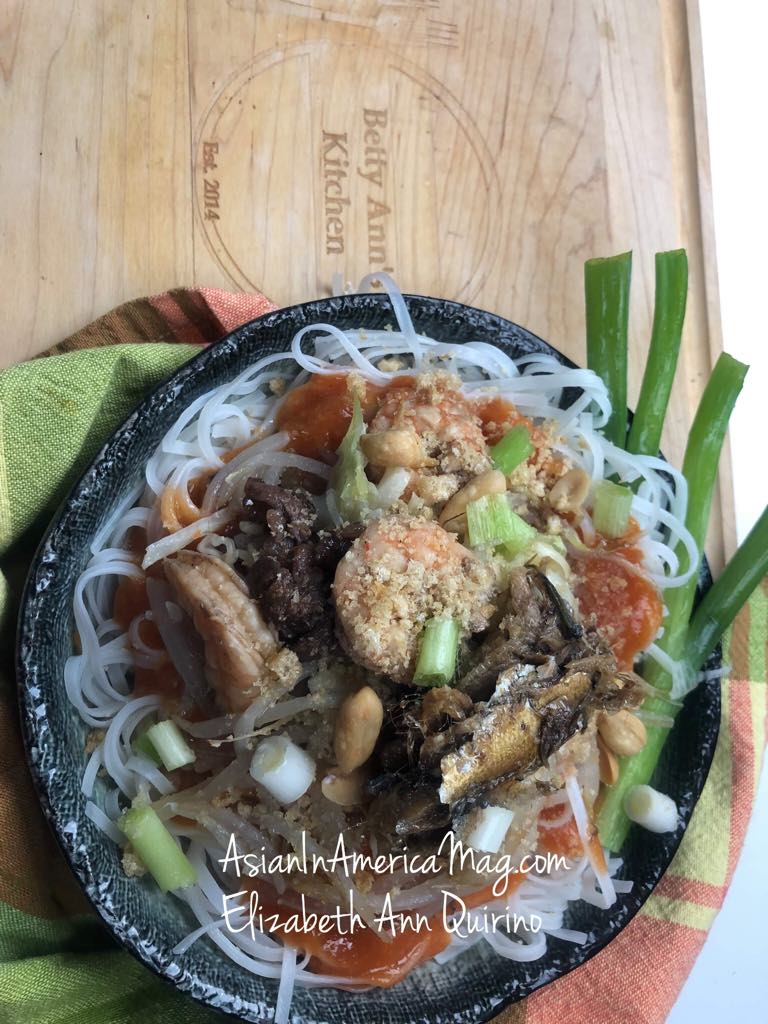
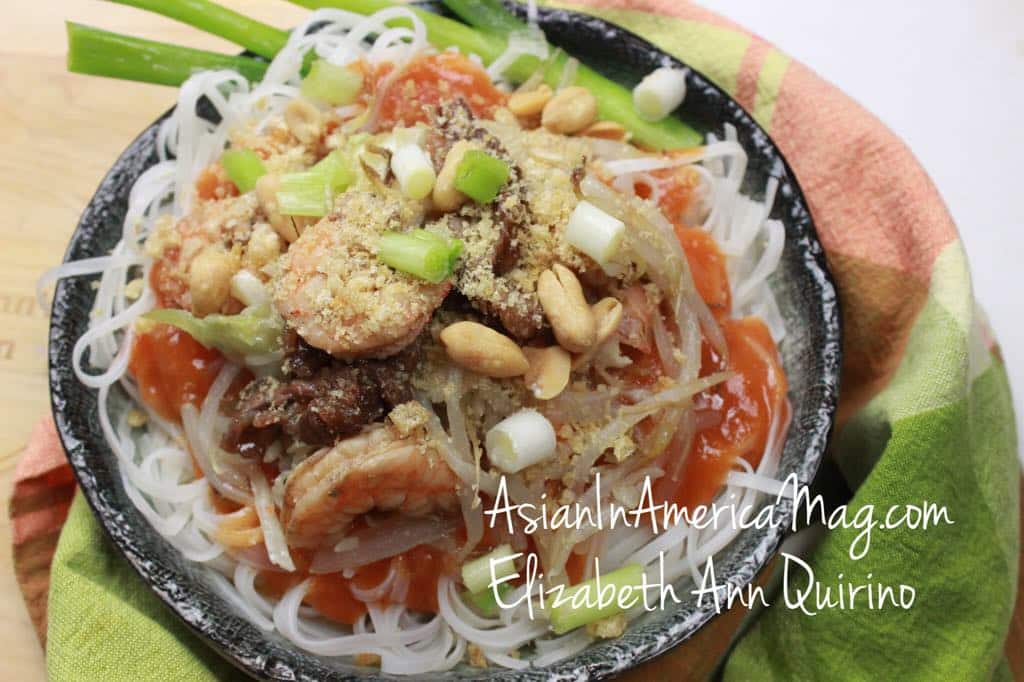
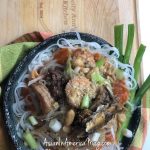
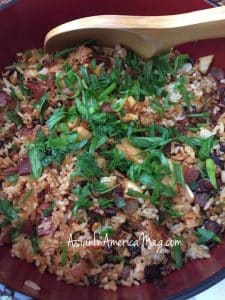
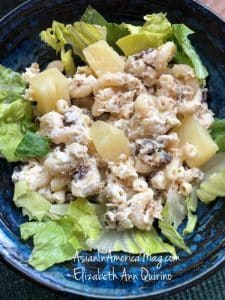
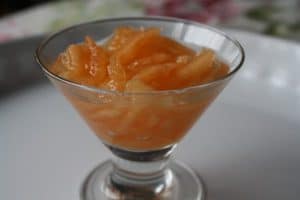

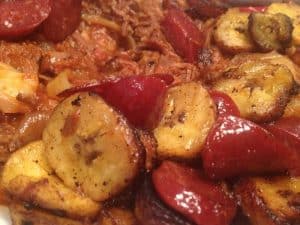

One Comment